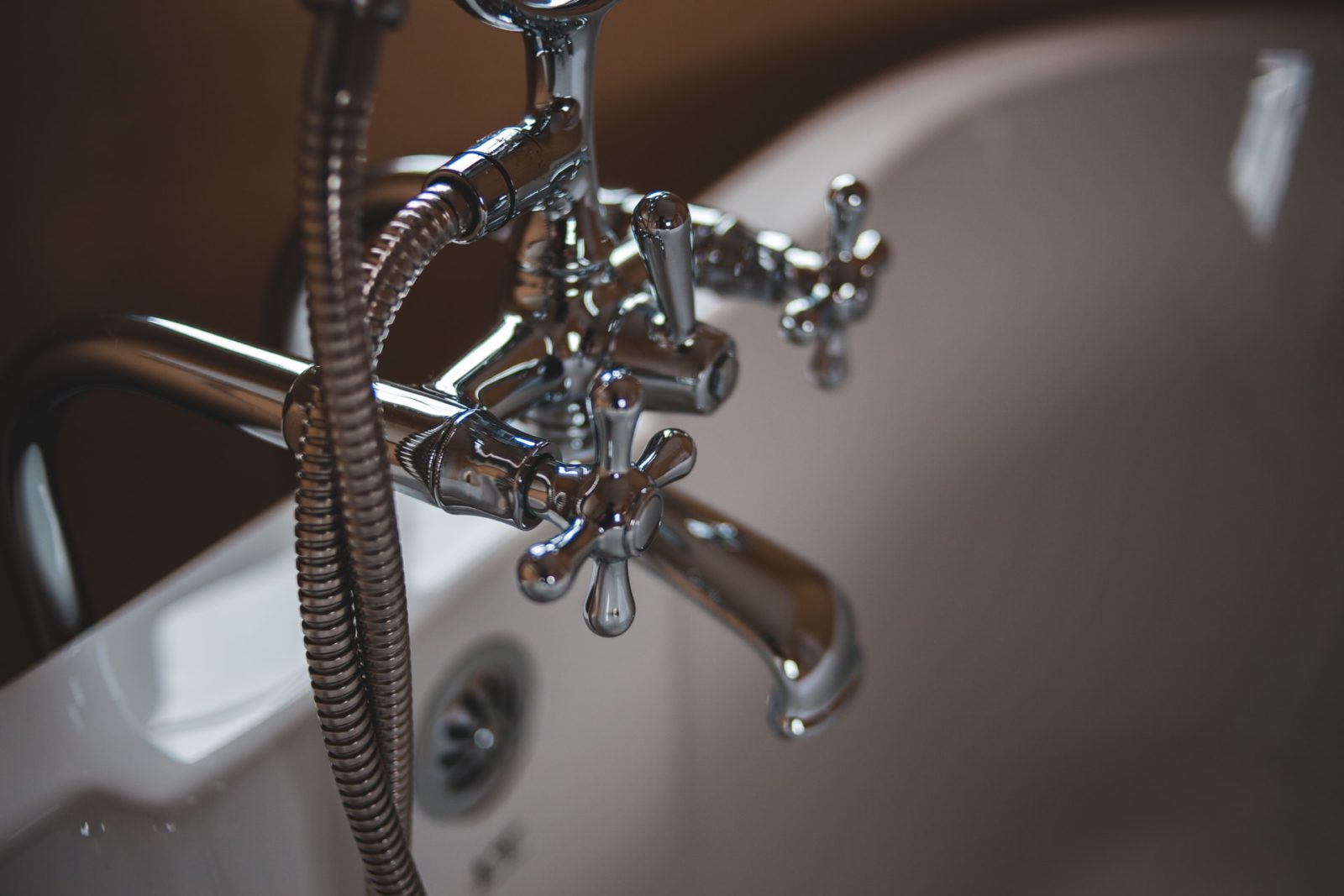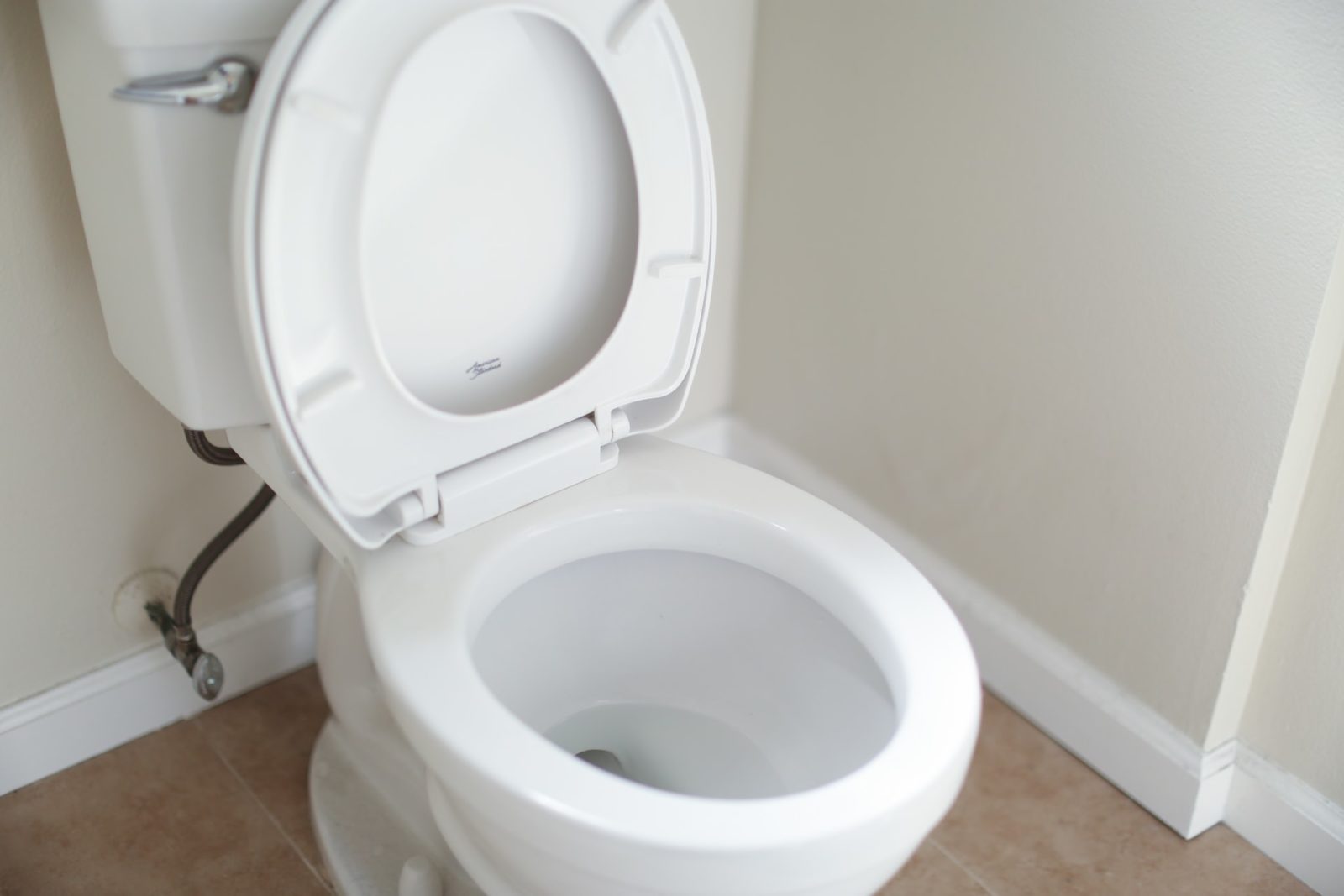If you’re experiencing issues with sink faucets giving the wrong temperature water, you’re not alone. It’s a common problem where the faucet water temperature is either too hot, too cold, or simply fluctuates. Let’s explore some of the most common reasons why your faucet water is the wrong temperature and how to fix it.
Common Causes of Wrong Temperature Water in Sink Faucets
1. Incorrect Installation of Hot and Cold Lines
One of the main causes of hot and cold water reversed in faucets is improper installation. If the hot and cold water lines were accidentally connected to the wrong sides, this can result in hot water coming out of the cold faucet and vice versa. Fixing this may require professional help to adjust the faucet water temperature properly.
2. Water Heater Temperature Settings
If the faucet water is too hot or too cold, it may be due to incorrect water heater settings. Check your water heater’s temperature to ensure it is set between 120°F and 140°F. This helps maintain a comfortable sink faucet water temperature and reduces issues with water temperature fluctuations.
3. Mixing Valve Malfunctions
Another common issue with sink faucet water temperature issues is a malfunctioning mixing valve. The mixing valve controls the balance between hot and cold water in your faucet. If it’s faulty, it may cause temperature control issues in your faucet, leading to inconsistent water temperatures.
4. Mineral Build-Up in Pipes
Over time, mineral deposits can build up in your pipes, restricting water flow and impacting the faucet’s temperature control. This may cause hot water to be too hot or cold water to feel warm. Regular maintenance and cleaning can help prevent these temperature issues.
5. Pressure Imbalances
When there’s an imbalance in water pressure, you may experience faucet giving incorrect temperature water. Pressure imbalances can occur due to the layout of your plumbing system or sudden changes in municipal water pressure. This can make hot and cold water in the sink faucet inconsistent. Installing a pressure-balancing valve can help manage these temperature fluctuations.
6. Faulty Thermostatic Mixing Valve
A faulty thermostatic mixing valve can also lead to sink faucet water temperature issues. This valve is designed to keep water at a steady temperature, and when it fails, you might find faucet water that’s too cold or too hot.
Fixing Wrong Temperature Water in Sink Faucets
- Prepare Your Workspace
- Clear the cabinet under the sink for easy access.
- Gather tools, especially a wrench for unbolting water lines.
- Turn off the water supply by rotating both water cutoff valves (usually chrome) clockwise until they stop.
- Place a towel under the lines to catch any leftover water when disconnecting.
- Switch the Water Lines
- Locate the hot and cold water supply lines (two flexible metal tubes from cutoff valves to faucet).
- Disconnect each line by turning the connecting bolt counterclockwise, then swap them to the opposite lines.
- This will correct the reversed hot and cold water issue in your faucet.
- Test the Temperature
- Turn the water supply back on using the cutoff valves.
- Test each faucet to check that the faucet water temperature is now correct.
- Inspect for leaks in the connections; if any appear, turn off the water, re-secure the bolts, and retest.
This process should resolve sink faucet water temperature issues and ensure the hot and cold water functions as expected.
Get Help with Your Faucet Water Temperature Problems
At POM Plumbing, we specialize in resolving sink faucet water temperature issues to ensure a comfortable experience at home. Contact us today to restore proper faucet temperature control and enjoy consistent water temperatures in your kitchen and bathroom.
FAQ
The most common reason for faucets giving the wrong temperature water is that the hot and cold water lines were installed incorrectly. This can cause the hot water to flow from the cold faucet and vice versa. Switching the water lines usually resolves this issue.
If turning on the cold faucet gives you hot water, and the hot faucet gives cold, it’s likely that the lines are reversed. This is a common cause of incorrect faucet water temperature and can be fixed by reconnecting the water lines properly.
First, turn off the water supply. Then, use a wrench to disconnect the hot and cold water supply lines under the sink and swap them. Once reconnected, the sink faucet water temperature should be corrected.
To correct a sink faucet temperature issue, you’ll need a wrench to unbolt the water lines and possibly a towel to catch any leftover water. Proper preparation and turning off the water supply are also essential steps.
Yes, if your faucet water temperature is consistently too hot or cold, it could be due to incorrect water heater settings. Adjusting your water heater to a temperature between 120°F and 140°F can help stabilize the temperature.
If your faucet still gives the wrong temperature water after switching lines, double-check that they’re securely connected to the correct valves. If issues persist, it may be a mixing valve or water heater setting problem that requires professional assistance.

